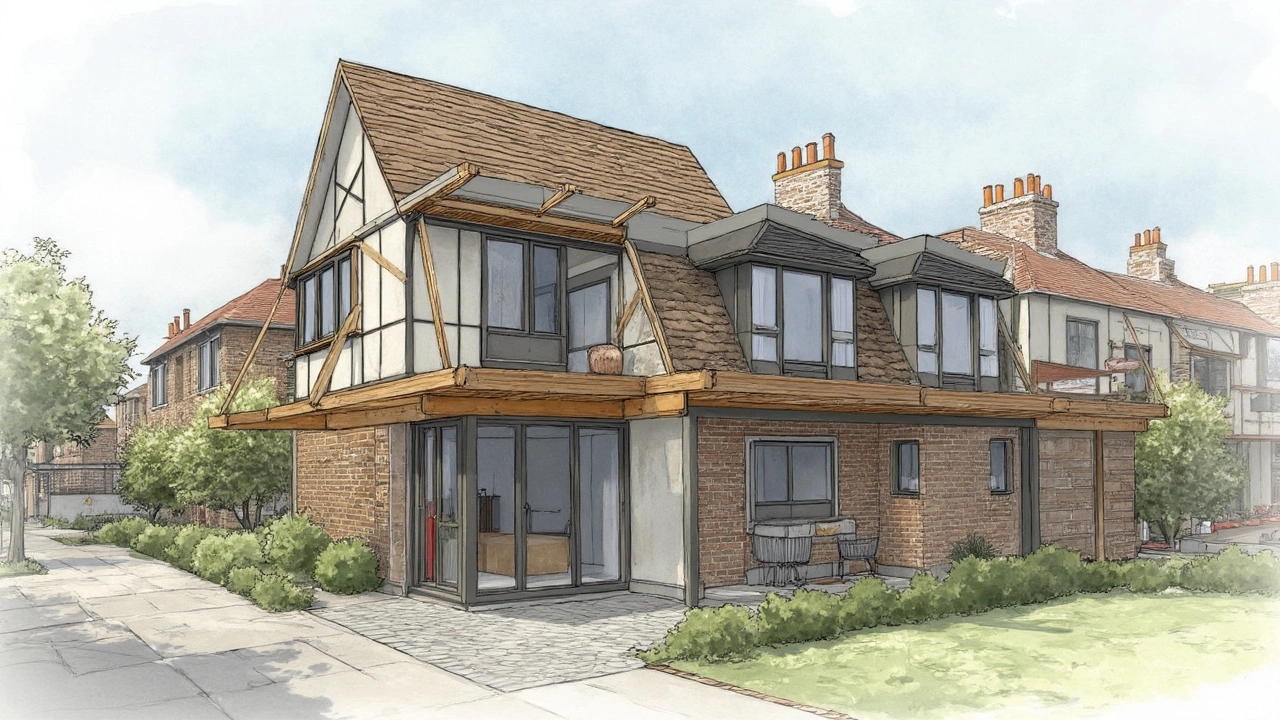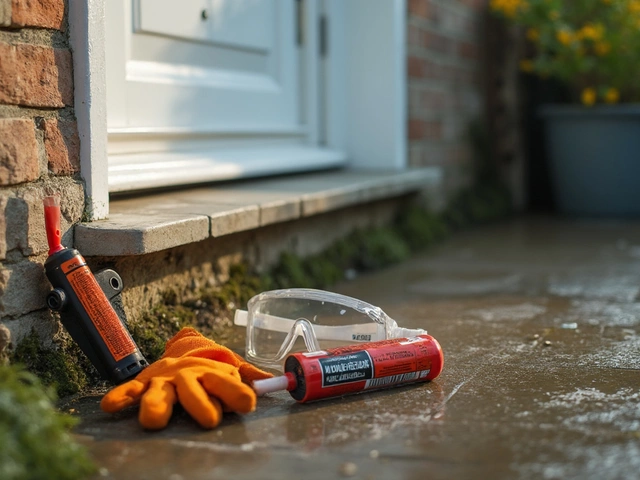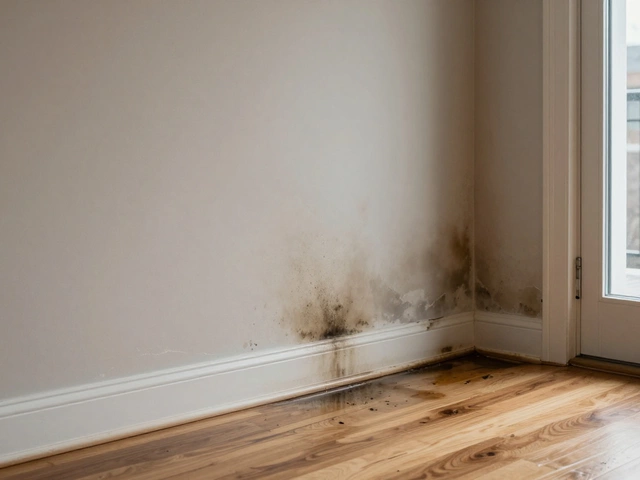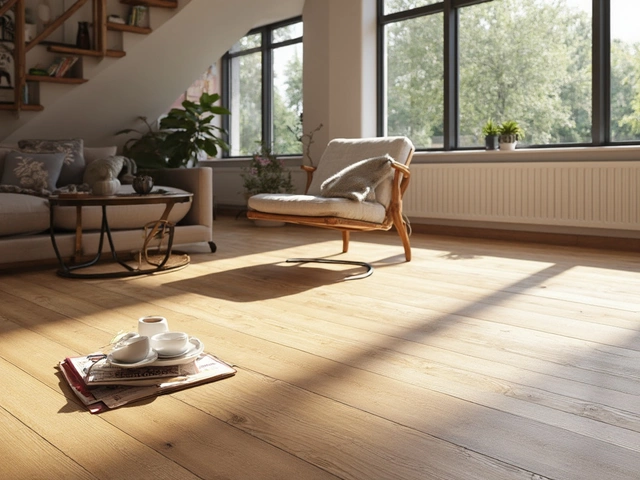Loft Renovation Budgeting: Simple Steps to Keep Your Project on Track
Thinking about turning that empty attic into a livable space? The biggest hurdle is often the budget. You don’t need a finance degree to figure it out – just a clear plan and a few smart tricks.
Break Down the Major Cost Areas
Start by listing the big items: structural work, insulation, flooring, windows, and finishing touches. Structural work covers floor joist strengthening and any roof changes – this can eat up 30‑40% of your budget. Insulation and plasterboard are next; they protect the space and keep heating bills low, so don’t skimp here. Flooring choices range from budget laminate to premium hardwood; pick what fits your style and wallet. Windows and skylights add natural light but also add cost, especially if you need a dormer.
Once you have these categories, assign a rough percentage based on estimates from local suppliers. For a typical loft, expect:
- Structural work: 35%
- Insulation & plasterboard: 20%
- Windows & glazing: 15%
- Flooring: 15%
- Finishing (paint, fixtures, etc.): 15%
These numbers give you a quick snapshot and help you spot where you might need to adjust.
Watch Out for Hidden Expenses
Many DIYers forget about permits, waste disposal, and unexpected repairs. A small water leak or rotten joist can add a few thousand pounds if you’re not prepared. Add a 10‑15% contingency fund to cover surprises – it feels safer than blowing up your savings later.
Another hidden cost is the finish. Choosing high‑end kitchen cabinets or designer lighting can quickly double the price of a room. Decide early which areas deserve splurges and which can stay simple.
Now, how can you stretch each pound? First, get multiple quotes from local contractors. A few days of phone calls can shave off 10‑20% of the total. Second, source materials locally – limestone or other stone from Lime Hillock Quarries often costs less than imported granite and still looks great.
Third, consider doing the non‑structural work yourself. Painting, laying laminate flooring, and even fitting some light fixtures are doable with basic tools and a weekend of effort.
Finally, keep a running spreadsheet. Track every invoice, note the date, and compare it against your original percentages. Seeing the numbers in front of you makes it easier to pause before overspending.
With a clear cost breakdown, a buffer for surprises, and a few money‑saving moves, your loft conversion can stay on budget and still look amazing. Ready to start? Grab a notebook, sketch your dream layout, and let the numbers guide you forward.
The Priciest Part of a Loft Conversion Revealed

Ever wondered what's the most expensive part of a loft conversion? We dive deep into the key cost drivers, with a focus on structural changes, securing access, and ensuring your new space meets building regulations. Whether you're transforming your attic into a cozy bedroom or a chill-out zone, knowing where your money goes can help you budget smarter. This guide is packed with tips for managing expenses without skimping on quality.
read more



